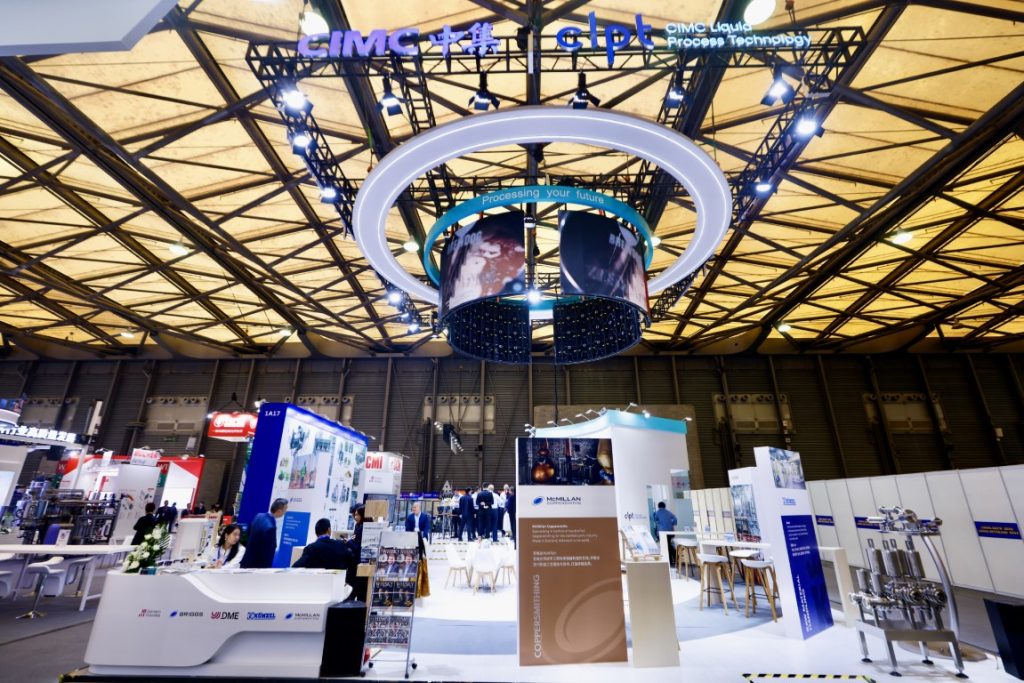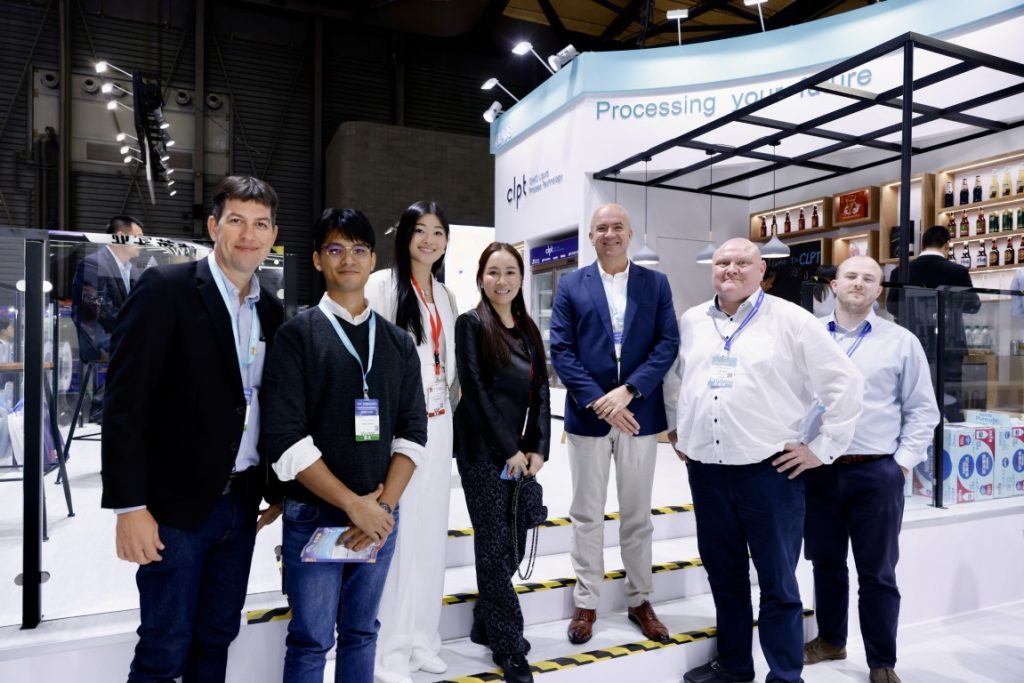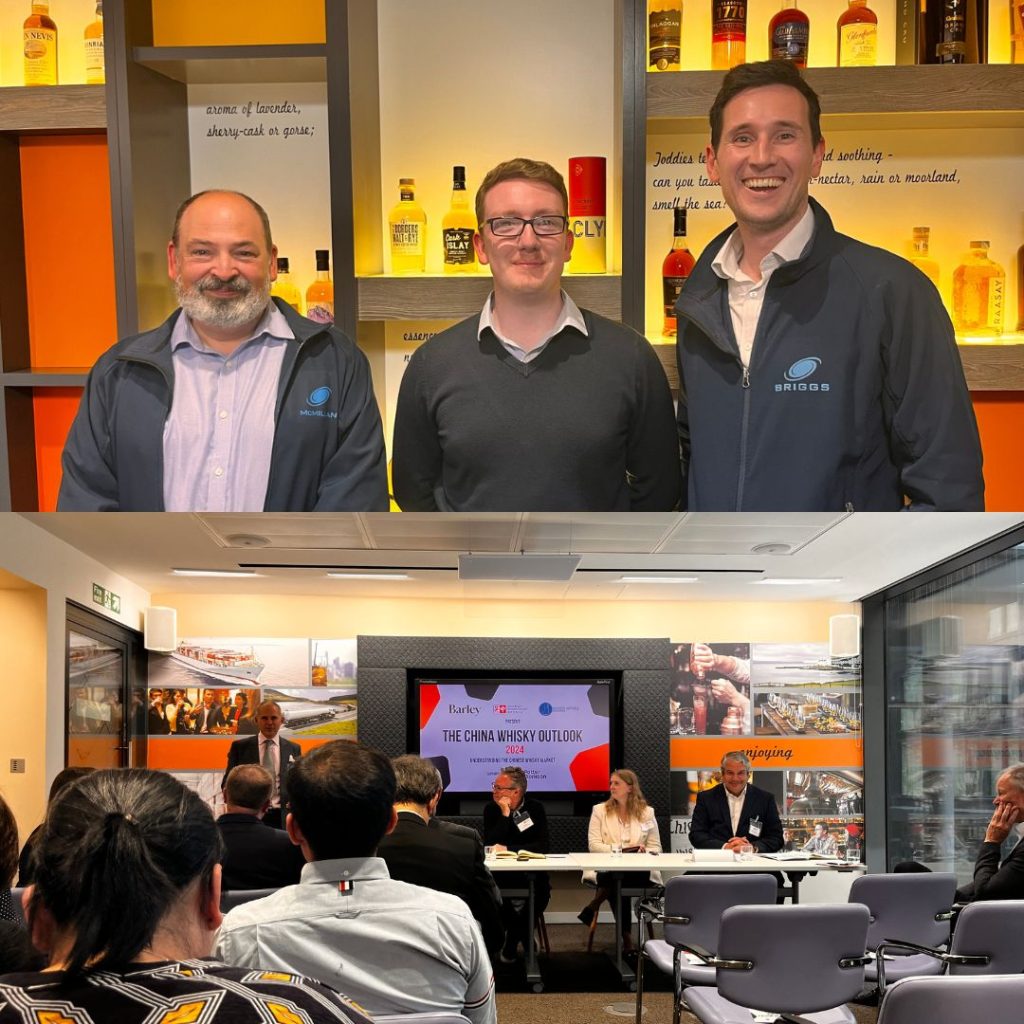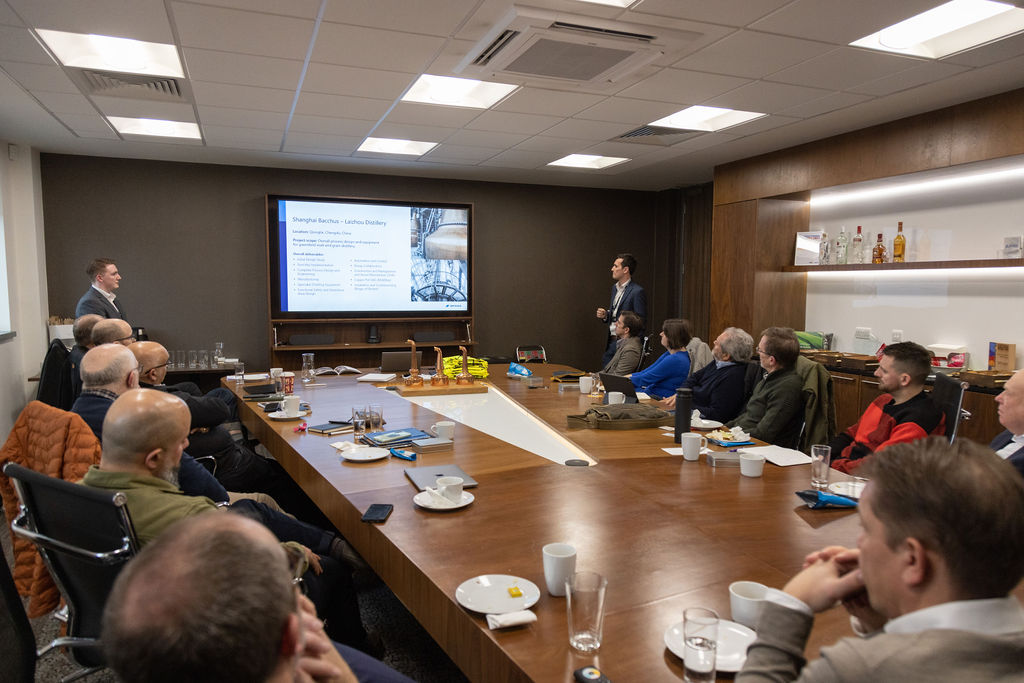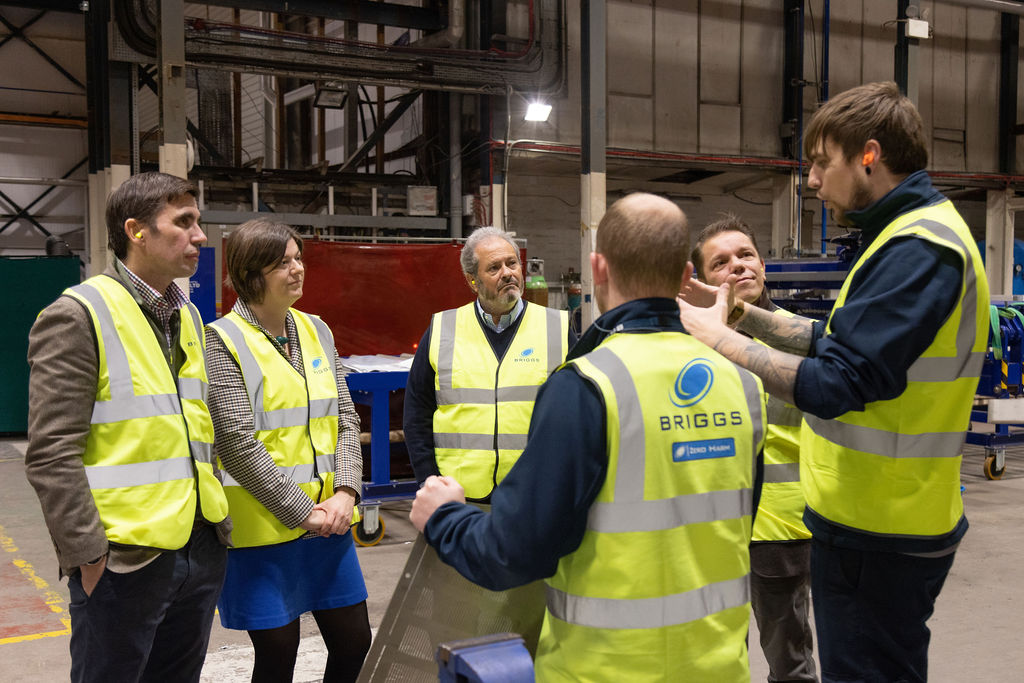As we approach these colder months and head into autumn this September, we’d like to raise a glass to the great American spirit, Bourbon Whiskey.
First coined by the US Senate in September 2007, Bourbon Heritage Month is a time to celebrate Kentucky Bourbon Whiskey, a spirit that goes back centuries in American history.
Just as Tequila is Mexico’s designated spirit, Bourbon Whiskey is ‘America’s native spirit’, granted by the US government in 1964. Although the month of September was only given as the ‘official’ national time to celebrate bourbon back in 2007, the tradition to come together, worldwide, and celebrate Bourbon Whiskey in September has continued ever since.
Our team of hygienic process engineers at BRIGGS have been delivering a range of projects for Bourbon and Tennessee Whiskey producers for quite some time. Founded in 1732 before expanding to the US in 1983, today BRIGGS’ Kentucky team in Louisville, Kentucky and head US team in Rochester, NY work with some of the most prestigious brands of Bourbon Whiskey.
With specialisms in Site Master Planning and Feasibility Studies, along with specialist equipment construction and integration, our engineering teams work to exceed expectations on upgrading existing and building new distilleries across the Bourbon belt. Our approach to do so strives for excellence, whilst keeping true to that of bourbon’s history and significance in American culture.
Bourbon Whiskey’s history as a spirit rooted in American culture
With a long history dating back to the early 1700s, Bourbon Whiskey is an integral part of America’s national identity as we know it today.
Early beginnings, growth and success
It’s largely suspected that the process of distilling spirits was first brought to Kentucky, US in the late 18th century (1700s), when Europeans, particularly Scot-Irish immigrants, began to settle in America. When farming the fields of corn, these Scots and Irish adopted their existing distilling knowledge to develop the whiskey spirit in their new American home.
Although the official story of how the production of Bourbon Whiskey came about is largely unknown, it’s commonly thought to be the invention of Elijah Craig, a Baptist minister and distiller. Allegedly, it was Elijah Craig who first decided to put whiskey in charred wooden barrels, where it then aged into the brown, caramel-like colour and particular, rich taste of Bourbon Whiskey.
Following this invention, another distiller named Jacob Spears, from Bourbon County Kentucky, decided to call this new whiskey ‘Bourbon Whiskey’, allegedly named after French royalty and in recognition of the French support during the American Revolution.
It’s important to note, however, that this tale is often disputed, with some accounts suggesting that there was never any one person to have invented bourbon.
Nevertheless, it’s fair to say that Bourbon Whiskey was (and still is) most relevant in America, particularly Kentucky – which produces 95% of the world’s bourbon.
As the invention of the flavoursome spirit began to grow in popularity in the 1800s, distillers began to look for better, more efficient ways to produce it. This is where Dr. James Crow, founder of The Old Crow Distillery, came along – credited for inventing the ‘sour mash’ method; a process still used today.
The Prohibition era’s effect on Bourbon Whiskey
Despite its initial success, the growing industry of Bourbon Whiskey suffered a devastating blow in the 1900s, during the Prohibition era across North America.
Lasting from 1920 to 1933, and even later for some Kentucky jurisdictions, this timeframe of illegal consumption of alcohol meant that all distilleries had to cease operating. That is all, except six distillers who kept running under the permission to make medicinal whiskey from their existing stocks. These six distilleries included A. Ph. Stitzel Distillery (Stitzel–Weller Distillery), American Medicinal Spirits (producer of Old Crow and Old Grand-Dad, now owned by Beam Suntory), Brown-Forman, Frankfort Distillery (Buffalo Trace Distillery, owned by Sazerac), James Thompson and Brothers (later called Glenmore Distillery, owned by Sazerac), and Schenley Distillery (owned by DIAGEO).
In the midst of WWII, the distillation of whiskey was once again hindered as the production of industrial alcohol to support in war efforts became increasingly important.
Modern day production and processing
Thankfully, we’ve come a long way since the first drops of bourbon were made back in the 1700s. Today, iconic brands like Brown Forman, Diageo, Heaven Hill, Jim Beam, Maker’s Mark and Wild Turkey are well-recognised household names both within both the US and internationally.
After a hit to the industry during the early-mid 1900s, Bourbon Whiskey has been making a steady comeback in the past couple of decades. From 2002 to 2020, the consumption of bourbon whiskey in the US is reported to have increased by an impressive 65%.
There are currently over 150 distilleries along the infamous Bourbon Belt (spanning across Kentucky and Tennessee), with Kentucky alone being home to 100 distilleries. What’s more, it’s also reported that the number of US businesses in the Whiskey and Bourbon Distilleries industry has grown 11.6% per year between 2018 – 2023.
As global engineering specialists in brewing, distilling and processing since 1732, the BRIGGS team found their way to the US back in 1983, later expanding into the Kentucky and US–wide Bourbon Whiskey sector.
With BRIGGS’ experience and market-leading technology, our US Kentucky team supports some of the world’s most recognised bourbon brands to enhance their production efficiencies.
This expertise lends a hand to not only brownfield expansions that feature site master-planning, and CO₂ and alcohol recovery, but also to look ahead to increasing operational sustainability targets in growth, utility demand and infrastructure.
Key BRIGGS deliverables for Bourbon Whiskey distilleries
With a multi-disciplinary team experienced in working across the engineering sector, our approach here at BRIGGS is always to exceed expectations and deliver absolute excellence.
Our specialisms towards supporting Bourbon Whiskey, in particular, focus on Front End Loading (FEL) 1 design studies exploring water, carbon and energy savings, technologies such as Thermal and Mechanical Vapour Recompression (TVR / MVR), specialist stainless steel and copper distillation equipment, utility design and planning, 3D laser scanning of existing production facilities, Hazard and Operability Analysis (HAZOP) / Process Hazard Analysis (PHA), commissioning and turnkey project implementation.
Reach out to our Kentucky team to discover more about developing your Bourbon Whiskey distillery today.

